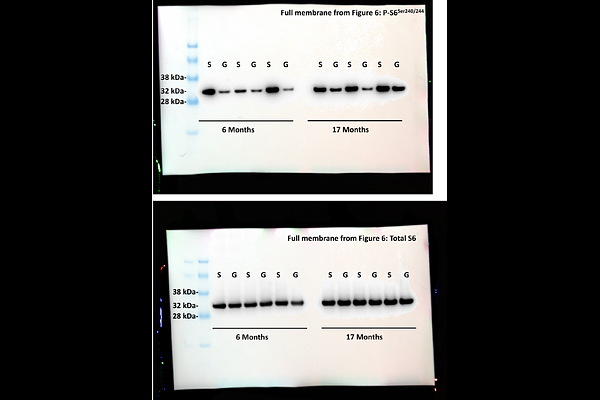Glucagon receptor signaling is indispensable for the healthspan effects of caloric restriction in aging male mice

Glucagon receptor signaling is indispensable for the healthspan effects of caloric restriction in aging male mice
Bruner, K. R.; Byington, I. R.; Marx, T. J.; Vasileva, A.; Fletcher, T.; Ghimire, S.; Zappia, I. J.; Shaju, Y.; Zeng, J.; Wachsmuth, H. R.; Carlyon, T.; Besselsen, D. G.; Drucker, D. J.; Duca, F. A.; Stern, J. H.
AbstractObesity and type 2 diabetes mellitus accelerate aging, shortening the duration of healthspan. Conversely, chronic calorie restriction (CR) extends healthspan. Research aimed at understanding the mechanism by which CR slows aging has focused heavily on insulin and downstream signaling cascades. Glucagon, a hormone that counter-regulates insulin, is commonly affected by these same interventions. To investigate the role of glucagon in aging we used dietary manipulation, global and liver- specific glucagon receptor knockout, and pharmacological glucagon receptor activation. We found that globally eliminating glucagon receptor signaling (Gcgr KO) decreases median lifespan by 35% in lean mice. These lifespan shortening effects are more robust in diet-induced obese mice (54%). Extending these findings to metabolic health, we found that glucagon receptor signaling is indispensable to the metabolic response to chronic CR in young and aged mice. While CR decreased liver fat, serum triglyceride, and serum cholesterol in WT mice, these metabolic benefits were absent in Gcgr KO mice. In line with these observations, we found that critical nutrient sensing pathways known to improve aging are dysregulated in mice lacking glucagon receptor signaling at the liver (Gcgrhep-/-). Liver-specific deletion of the glucagon receptor decreases hepatic AMP Kinase activation in aging mice, regardless of diet. Further, CR decreases hepatic mTOR activity in WT mice, but not in Gcgrhep-/- mice. Together, these findings propose that glucagon signaling plays a critical role in both normal aging and the lifespan and healthspan extension driven by caloric restriction.